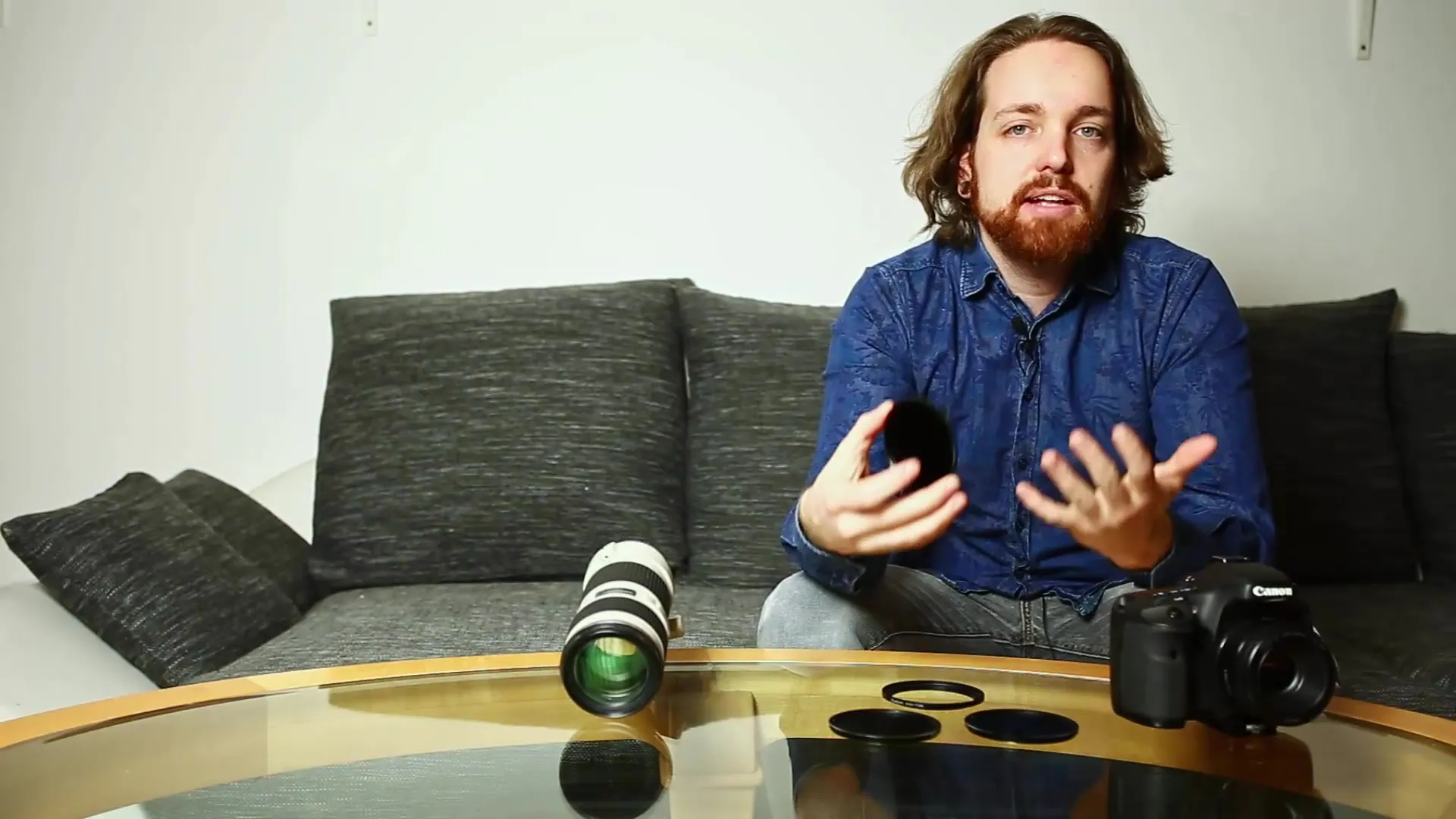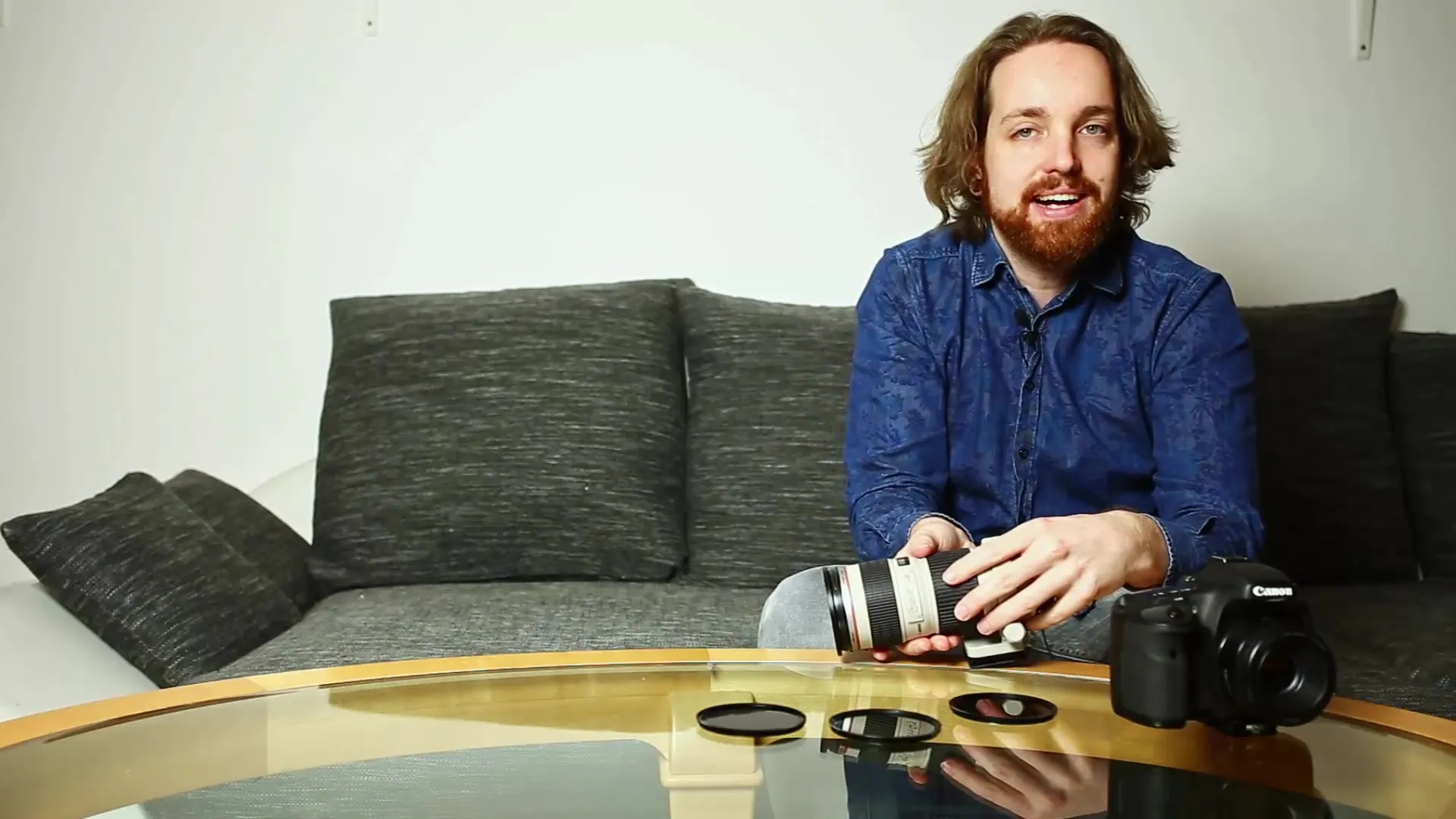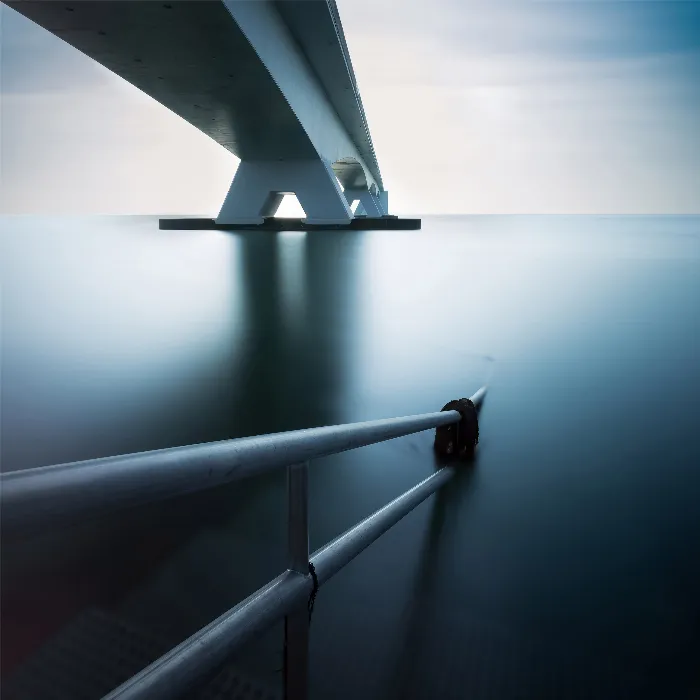Long exposures are a fascinating technique in photography that delivers surprising results. An important component of these shots are the filters, especially neutral density filters. You may have heard of screw filters, but today it's all about slot filter systems. These systems offer easier handling, even though they come with higher initial costs. Let's delve into the advantages and proper application of these filters.
Key insights
- Slot filters are rectangular and are inserted into a filter holder.
- You can use multiple filters at the same time, which speeds up the workflow.
- Screw filters are cheaper, but often more cumbersome to handle.
- Slot filters prevent vignetting, especially with wide-angle lenses.
Step-by-step guide
1. Preparing the filter holder
Before you start using slot filters, you need to prepare your equipment. First, the filter holder that accommodates the rectangular filters is screwed onto the lens. This usually happens via an adapter ring that is mounted onto the filter thread of your lens. Make sure this adapter fits correctly to ensure an optimal fit.

2. Selecting the filters
Once the filter holder is mounted, you can select the filters you need. Slot filters come in various sizes, with the most common dimensions being 100 x 100 mm. You can insert multiple filters into the holder, allowing you to quickly switch between different settings. This provides you with high flexibility, especially in landscape photography.
3. Mounting the filters
Insert the filters into the holder. Since the filters are rectangular, they are simply slid into the corresponding slots of the filter holder. Ensure that the filters fit snugly and there are no gaps through which light could enter. This offers the advantage that you won't lose time when changing filters and can respond quickly if lighting conditions change.
4. Focusing and setting the camera
Before you take your long exposure, you should set up the camera and focus. This is done before inserting the filters so that you can make the correct exposure settings. You now have the opportunity to adjust the camera so that everything is perfectly aligned. Avoid mounting the filters during the focusing process to prevent camera shake.
5. Taking the long exposure
Now comes the crucial moment: you are ready to take your long exposure. Reattach the filter holder with the inserted filters in front of your lens. Thanks to the practical holder, you can perform this process easily and quickly. The click of the holder onto the lens secures the filter quickly and safely.

6. Changes during the shot
Another advantage of slot filter systems is the ease of handling when it comes to adjustments in settings. Do you want to change the exposure or adjust the focus? It's enough to remove the entire filter holder with a single hand movement. This gives you the flexibility to make adjustments without having to fumble with the equipment for too long.
7. Quality check
After you've taken your shots, it's important to check the quality of the images. Look for any disturbing vignetting that may have occurred, for example, from the use of screw filters. With slot filters, this issue is significantly reduced as they are larger and thus do not create edge effects in wide-angle shots.
8. Personal decision
You are free to decide according to your individual needs whether you want to invest in a slot filter system or if the cheaper screw filters are sufficient for your requirements. Both systems have their advantages and disadvantages; ultimately, the decision depends on your budget and personal preferences.
Summary – Long exposures from A to Z: Using slot filters correctly
Slot filter systems revolutionize the handling of filters in photography. They allow you to work faster and are more versatile than traditional screw filters. Their size prevents vignetting and is particularly advantageous for wide-angle lenses. Consider which benefits justify the costs for you and experiment with different filter combinations.
Frequently asked questions
How do slot filters differ from screw filters?Slot filters are rectangular and quicker to handle, while screw filters are round and cheaper, but more cumbersome.
Can I use multiple slot filters at the same time?Yes, the filter holder allows multiple slot filters to be used on top of each other.
Why are slot filters often more expensive?They use larger glass surfaces and therefore have higher material costs in production.
How do slot filters prevent vignetting?Due to their size, they better cover the image angle, which avoids vignetting with wide-angle lenses.
Do I need slot filters for long exposures?No, it is also possible with screw filters, though slot filters offer some advantages.


